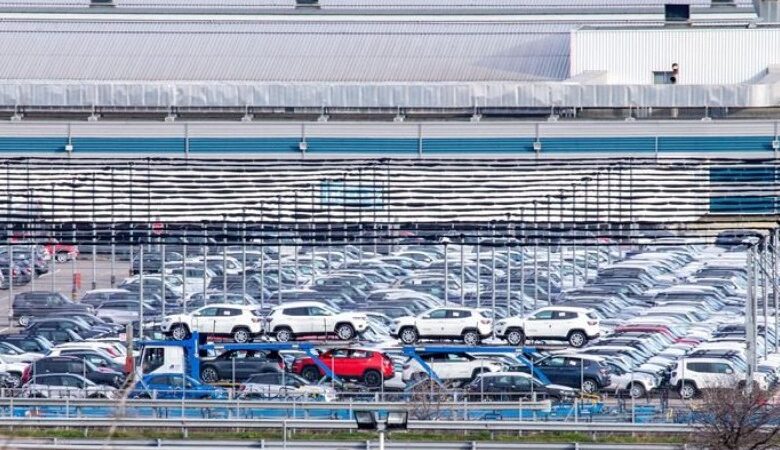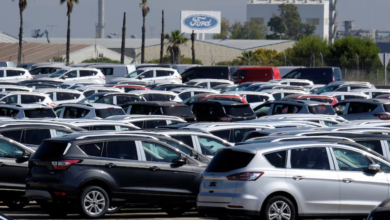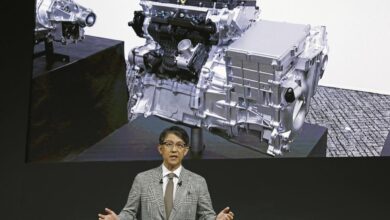Italy pushes car fleet renewal yet still lags behind EU average in EVs | articles

The incentive scheme comes at a time when household disposable income is already improving, supported by a very resilient labour market, yearly wage growth in the 3% area, and sub-1% inflation. This is a backdrop which, in principle, is favourable for consumption. But with household saving ratios on an upward trend, towards the 8% pre-Covid average, the overall economic impact of the package might be contained. We expect it will induce a shift in private consumption over the second half of 2024, favouring durable goods over non-durable goods. The temporary nature of the package, which is set to expire by the end of 2024, also supports this view.
After the online platform for incentives opened on 3 June, the amount available for pure electric vehicles was exhausted in a single day. The quick take-up of funds (especially for battery electric vehicle purchases) indicates that these incentives are particularly generous, although people also recognise that this is a one-time opportunity.



